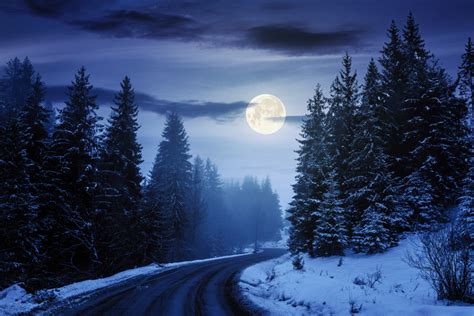snow moon


11:31pm Sydney time / 12:31pm UTC / 7:31am New York time
There are 12 Full Moons
Around the world, people have given names to the full moons through the year.
In America, the native American people's names of Full Moons are used a lot, such as the Sturgeon Moon for August.
It's weird because it's all kinda opposite under a southern sky.
Harvest moon in Australia would be March!
But I'll go with it..
.webp1708815074391)
The full Moon names used by The Old Farmer’s Almanac come from a number of places, including Native American, Colonial American, and European sources.
For decades, the Almanac has referenced the monthly full Moons with names tied to early Native American, Colonial American, and European folklore. Traditionally, each full Moon name was applied to the entire lunar month in which it occurred and through all of the Moon’s phases—not only the full Moon.
The full moon will appear a bit more petite in the sky tonight as the smallest full moon of 2024 rises.
February's Full Snow Moon will occur while the moon approaches its farthest point from Earth in its orbit, known as apogee. That means tonight's full moon will appear up to 10% smaller in the night sky — not enough for most of us to notice, but seasoned moonwatchers might be able to tell the difference.
The Full Snow Moon will rise around 6:30 p.m. local time in the east, just as the sun is setting in the west. It will appear between the hind legs of the Leo constellation, the Lion, and reach its highest point in the night sky around midnight. The moon will remain visible for the entirety of the night, setting with the next rising sun.
**Related: **Full moon calendar 2024: When to see the next full moon
The moon appears to change in size in the night sky throughout the month from our vantage point on Earth's surface due to the fact that the moon's orbit isn't perfectly circular. Instead, it's elliptical, or oval-shaped, meaning its distance to Earth changes throughout its journey.